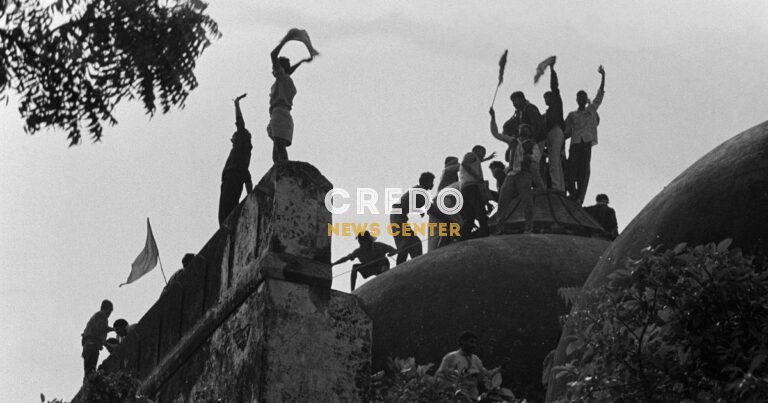Babur and the Construction of Babri Masjid:
In the 16th century, the Mughal Empire, under the leadership of Emperor Babur, witnessed the construction of the Babri Masjid in Ayodhya. The mosque was built in 1528, and its construction is often attributed to Babur’s general, Mir Baqi. The site chosen for the mosque was believed by Hindus to be the birthplace of Lord Rama.
The construction of the Babri Masjid marked the beginning of a historical and religious controversy that would reverberate through the centuries. While the mosque itself was a significant architectural achievement, the choice of its location fueled tensions between the Hindu and Muslim communities.
Historical Accounts and Perspectives:
Historical accounts from the Mughal era provide varying perspectives on the circumstances surrounding the construction of the Babri Masjid. Some sources suggest that the mosque was built on the ruins of a pre-existing temple, while others argue that the site was chosen for strategic reasons without any intent to desecrate a sacred space.
The controversy deepened as different narratives emerged over the centuries, with both Hindu and Muslim communities attributing different historical significances to the site. For Hindus, the location held immense religious and cultural value as the birthplace of Lord Rama, while for Muslims, the Babri Masjid became a symbol of their architectural and religious legacy.
Shifts in Power and Impact on Ayodhya:
As the Mughal Empire weakened and the British East India Company established its dominance, Ayodhya witnessed shifts in power dynamics. The religious and cultural significance of the Ayodhya site persisted, but it became entangled in political and social complexities.
Rise of the Ayodhya Dispute:
The tensions surrounding the Ayodhya site gained prominence in the modern era, particularly during the 20th century. The Ayodhya dispute revolved around conflicting claims over the ownership and usage of the land, with Hindu groups advocating for the construction of a temple dedicated to Lord Rama and Muslim groups asserting their right to maintain the mosque.
The dispute escalated, leading to legal battles and political interventions. The complex historical legacy of the Ayodhya site became a focal point for discussions on religious tolerance, cultural heritage, and the need for a resolution that respected the sentiments of both communities.


